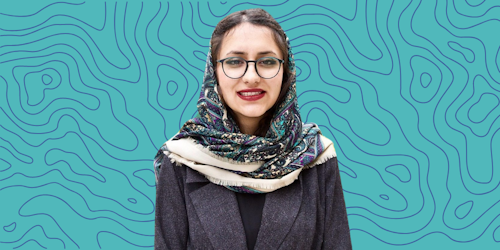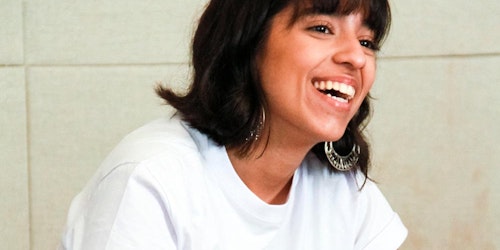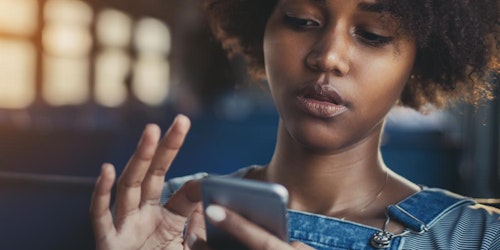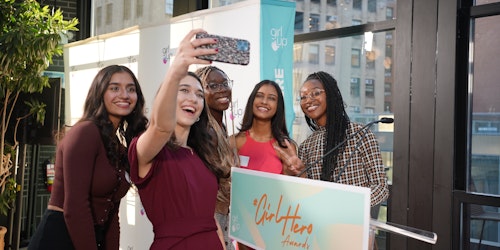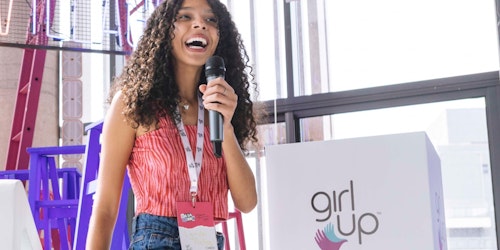Estimated reading time: 8 minutes
Diving deep into another enlightening conversation, Girl Up India had the pleasure of speaking with Dr. Pragati Singh, the founder of Indian Aces—the Indian subcontinent’s first such initiative for the asexual (“ace”) community that has been offering education, representation, and outreach since its inception in 2014—and QRATE, which aims to improve Universal Health Coverage and targets United Nations Sustainable Development Goals 3 (good health and well-being) and 4 (quality education). In a dialogue that unfolded against the backdrop of Pride Month, we explored the intricate landscape of LGBTQIA+ rights, representation, and activism in India, as well as the role of education and advocacy in fostering a more inclusive society.
How did you become involved in advocating for sexual health and rights? Could you share with us how your journey first began?
My advocacy for sexual health and rights began after my time in medical school. Though I entered as a non-feminist, I graduated as one. There’s a lot to be said there about that room for growth, learning and development, stepping out of your bubble, changing your perspective. I have always cared about social causes. I cared about impact, I cared about people’s lives, and I cared about making a difference. Medical school expanded my perspectives and ignited a passion for this.
After graduation, I worked as a public health officer in rural India, focusing primarily on Reproductive, Maternal, Newborn, Child Health, and Adolescents( RMNCH+A) fields. As an officer, I would often go out for field visits, to a village, a slum area, or even a settlement of tribal people. What I saw there really opened my eyes to the realities of how a majority of India lives, and I feel like that changed a lot inside me about a lot of things—not just gender, or sexual and reproductive health and rights or feminism—but also the other realities of our country including caste, and religion.
Around the same time, I was also exploring my own identity. I came across the word asexual somewhere in 2013. I started researching it and I realized that nobody else was leading that work in our country, nobody else had created a community space dedicated to people on the asexuality spectrum. People were looking for it, but there was nowhere for them to go.
So, I started Indian Aces. I had no idea it would become what it has today. As I was doing my public health work, I started realizing that I needed to combine these two because the gap between medical science, public health, sexual rights, feminism, and gender is what is causing the community the most pain. So, that’s been my journey to bridge this gap so far.
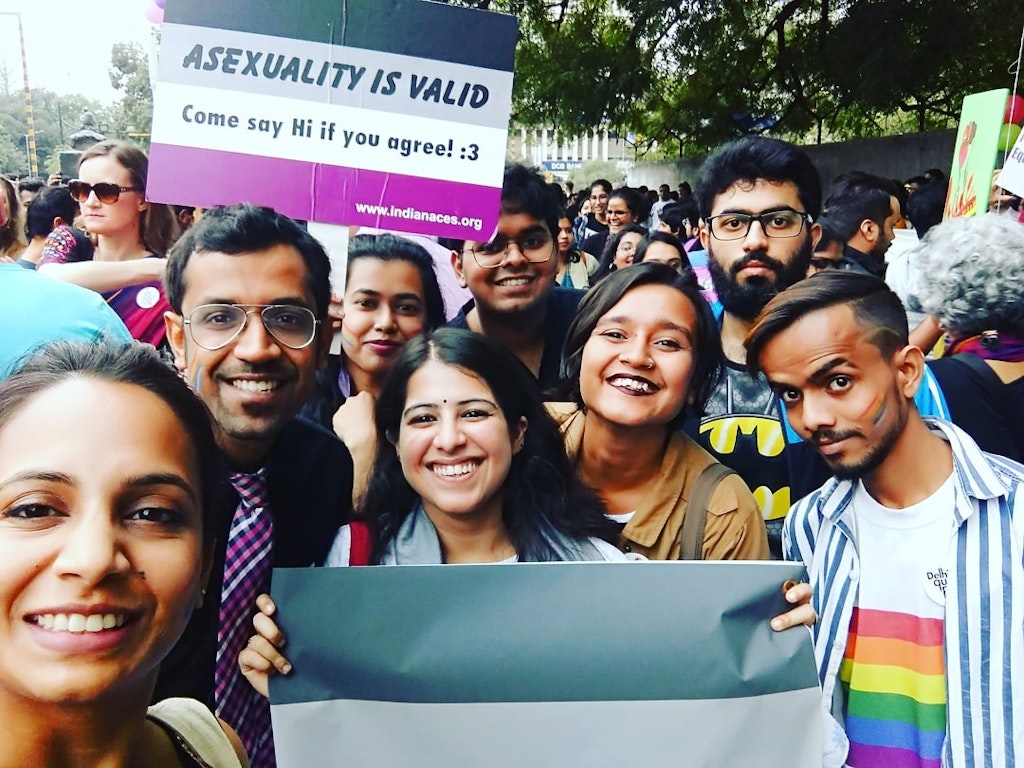
Your work on raising awareness for the asexual community in India has been so inspiring. Could you tell us a little bit more about the vision and mission driving Indian Aces?
I would say that the largest vision of and for Indian Aces is to create a world where one’s diverse sexual identity, diverse sexual choices, or diverse sexual preferences do not ever have to be a cause for distress for anyone. That is the largest vision to create that kind of world. And in terms of mission, I would say, what Indian Aces is going for is to especially do that for asexual people in India. Most importantly, for asexual and non-sexual spectrum women in India, the vision is to create a space or a movement, a dialogue and a discourse that leads to or contributes to a world where their sexuality or asexuality does not cause them distress.
How have you seen the landscape of LGBTQIA+ rights and representation evolve in India since you began your work? As we celebrate Pride Month, what role do you think education and advocacy play in promoting diversity, inclusion, and acceptance within society?
Anybody who has worked in the queer rights space for any amount of time will know that even within the LGBTQIA+ community, there has always been a hierarchy of power, visibility, and representation. But I see a shift in how this visibility or spotlight is moving across the spectrum now. As somebody who has done a lot of this work for asexual people, who have been completely invisible for the longest time, I feel a certain sense of camaraderie with intersex people because they are also so invisible. And what I see as the difference today, is that for asexual people, somebody did what needed to be done. It’s not enough, but it was something and things have improved drastically today. Something that most young folk today won’t realize because they don’t know what it was like when I started from zero.
Even within the LGBTQIA+ community, there has always been a hierarchy of power, visibility, and representation. But I see a shift in how this visibility or spotlight is moving across the spectrum now.
I’m also seeing a shift in terms of how professional bodies are now opening up to the idea of LGBTQIA+. Previously, at least in the last decade, it’s been largely on and via the internet. It’s been based on the internet, on social media, on our smartphones. That and digital advocacy have played a huge role in LGBTQIA+ representation in our country. But I feel like it’s also moving now out of just that space and being integrated into people’s regular every day lives.
Your work and activism have pushed the envelope for queer rights and gender justice in several ways. What advice (if any) do you’ve for young activists advocating for social change?
Make space in your work—and also in your mind, in your timelines—for slow, sustainable growth. Change takes a lot of time, and it takes a lot of effort. You will probably see nothing coming out of your work, your blood, sweat, and tears for a few months, a few years, maybe even a few decades in some cases. But know that there is no possibility of change happening without those first few months and years where you’re doing invisible work. When I was starting, most of my work was completely invisible. People didn’t recognize it. Nobody knew of it. But there was no way for Indian Aces to become what it has become today without that being the first step. Make space for that. Be prepared for that, and have the patience for that.
The second thing that I want to say is to focus more on building and creating. I read a quote somewhere that perfectly sums this up – “Don’t just agonize, organize.” When you see a gap, a lack of solutions, be the person who instead of simply talking about how there is a problem, thinks about how we can create a solution to it!
When you see a gap, a lack of solutions, be the person who instead of simply talking about how there is a problem, thinks about how we can create a solution to it.
This interview has been edited for length and clarity.
Follow Girl Up India for more conversations on global feminist issues with the world’s most influential changemakers as a part of our ongoing series “Feminists Across Borders” on Instagram.

